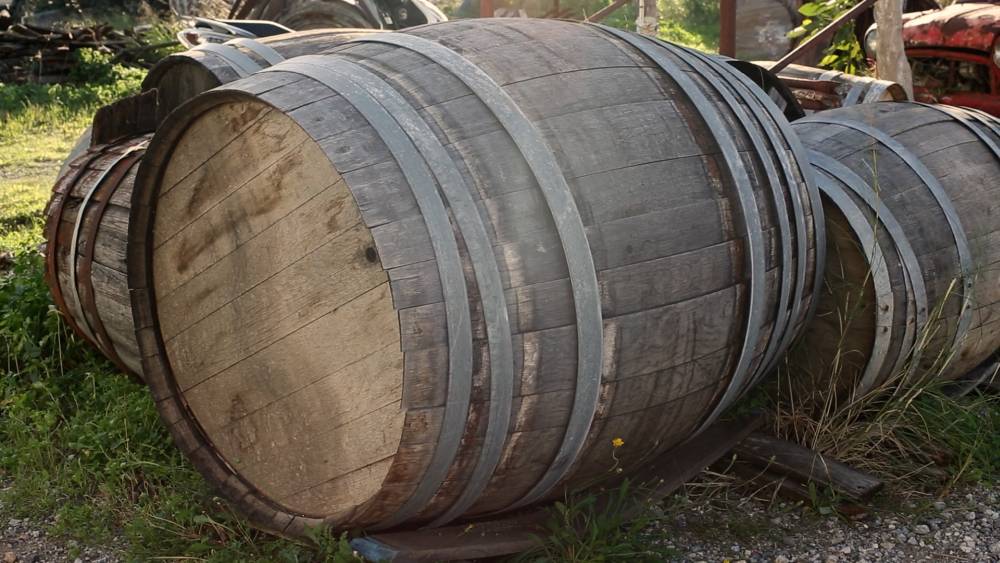Description
Crete has always been a passageway and an important crossroad of civilizations. Every culture, among other things, brings with it its own music and its own musical instruments. Simple musical instruments were usually made by their owners because no special skill was required in their construction. The shepherds of Crete usually made the wooden wind instruments themselves, and sometimes the cretan bagpipes.
The construction of complex musical instruments required specialized knowledge of an instrument maker. In Crete, instrument makers made stringed musical instruments. These were the lyre, the violin, the lute, the bulgari (tambouras), the mandolin and the mandola. Many organ makers were active in Chania. Among them was the Turkish-Cretan Abdul Kalomirakis who had his instrument workshop between the stivanadika (boot maker workshops) and the macheradika (knife maker workshops) district. The so-called Fragedis, of the well-known Fragedakis family of instrument makers, also studied there.
This art, which is constantly evolving with the help of technological progress, would not be the same without the transfusion of the old knowledge of the instrument makers. The love for the old and the love for the modern are links in the same chain that is constantly evolving.
The young instrument makers who balance between the nostalgic past and the modern demands, try to maintain a stable position between two charming worlds, the one that leaves and the one that comes.
An experienced eye, looking at a musical instrument, can recognize its instrument maker through some construction details, or by its decoration. Even today the passion of young instrument makers who stubbornly keep their distance from the cold factory standardization, succeed in making unique musical instruments.















